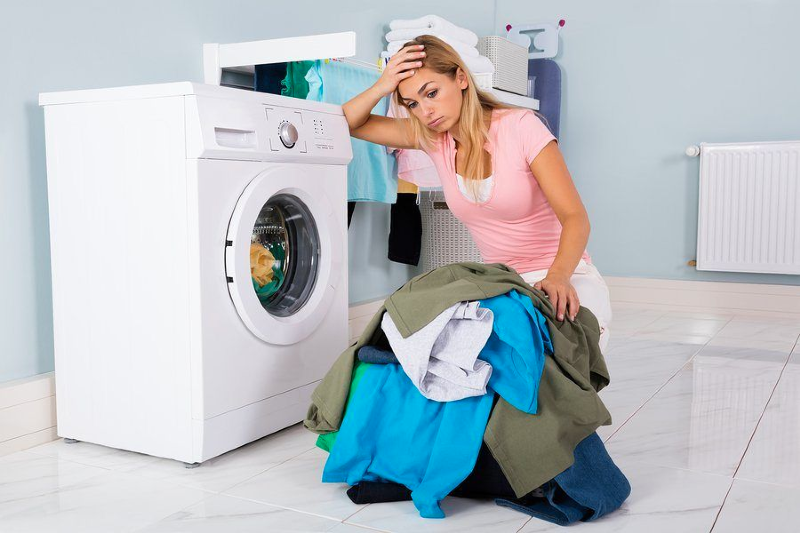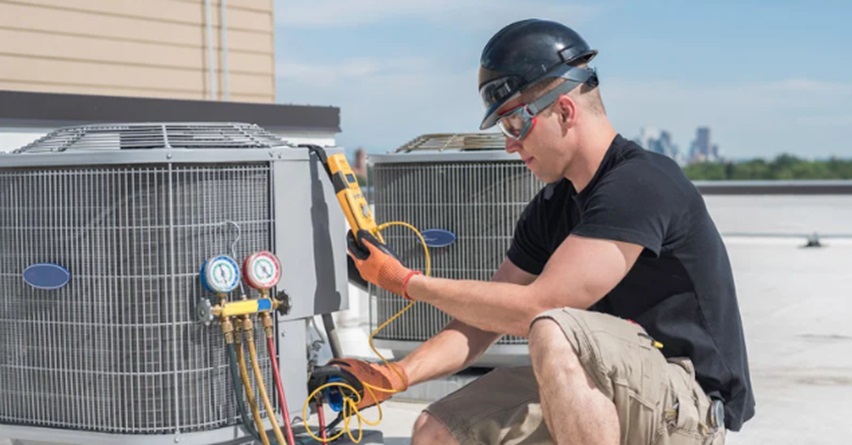While water is a renewable resource, it’s not unlimited. Every day, we use water for drinking, cooking, cleaning, and gardening. In fact, the average person uses about 80-100 gallons of water per day! With that much water usage, it’s no wonder that conservation is so important. Here are some simple ways that you can conserve water in your home:
Turn the faucet off while brushing your teeth or shaving
Did you know that the average person uses about 80-100 gallons of water per day? A large portion of this water is used for activities like taking showers, doing laundry, and flushing the toilet. However, there are many other ways that we use water throughout the day, such as brushing our teeth and washing our hands. These activities may not seem like they use very much water, but they can actually add up quickly. For example, leaving the water running while brushing your teeth can waste up to 8 gallons of water per day. That’s over 2,000 gallons of water per year! You can save a significant amount of water simply by turning the faucet off while brushing your teeth or shaving. Every little bit counts when it comes to conserving our precious natural resources.
Take shorter showers
When it comes to conserving water, there are a number of small changes you can make in your daily routine that can have a big impact. One of the simplest ways to cut down on water use is to take shorter showers. A 5-minute shower uses about 10 gallons of water, whereas a bath can use up to 35 gallons. So if you’re looking to conserve water, try taking shorter showers. You may also want to consider installing low-flow showerheads, which can save even more water.
Fix leaky faucets
One of the easiest ways to conserve water in your home is to fix any leaky faucets. A single drip can waste 20 gallons of water per day, so it’s important to fix any leaks as soon as possible. There are a few simple steps you can take to fix a leaky faucet. First, identify the source of the leak by turning on the faucet and watching for where the water is coming from. Next, turn off the water supply to the faucet and remove the handle. Once the handle is removed, you will be able to see the inner workings of the faucet and identify the cause of the leak. Finally, replace any worn or damaged parts and reassemble the faucet.
Use a dishwasher instead of hand-washing your dishes
One of the easiest ways to save water in your home is to use a dishwasher instead of washing your dishes by hand. Dishwashers use less water than washing dishes by hand, so you’ll save water and energy by using one. In addition, dishwashers can help to reduce the amount of water used in your home overall. Dishwashers use less water than washing machines, and they also require less energy to operate. As a result, using a dishwasher can help you to conserve both water and energy in your home. In addition, dishwashers can also help to reduce the amount of wastewater produced in your home. Wastewater is water that has been used for washing or bathing but is no longer fit for human consumption. By using a dishwasher, you can help to reduce the amount of wastewater produced in your home, which can help to protect the environment.
Water your plants during the cooler hours of the day
As any gardener knows, water is essential for growing healthy plants. But did you know that when and how you water your plants can have a big impact on how much water you use? Water evaporates more quickly in warm weather, so if you water your plants during the cooler hours of the day, you’ll lose less water to evaporation. In addition, be sure to check your sprinklers regularly to make sure they’re not spraying water on sidewalks or driveways. By taking these simple steps, you can help conserve water in your home and keep your plants healthy and vibrant.
Collect rainwater to water your plants
Rainwater is one of the purest sources of water available, and it’s free! Collecting rainwater is a great way to water your plants without using tap water. Plus, it’s a great way to conserve water in your home. All you need is a water drum or barrel to collect the rainwater. You can position the water drum under a gutter downspout to collect the runoff from your roof. Once the water drum is full, you can use a hose to water your plants. Be sure to empty the water drum before the next rain so that it doesn’t overflow.












